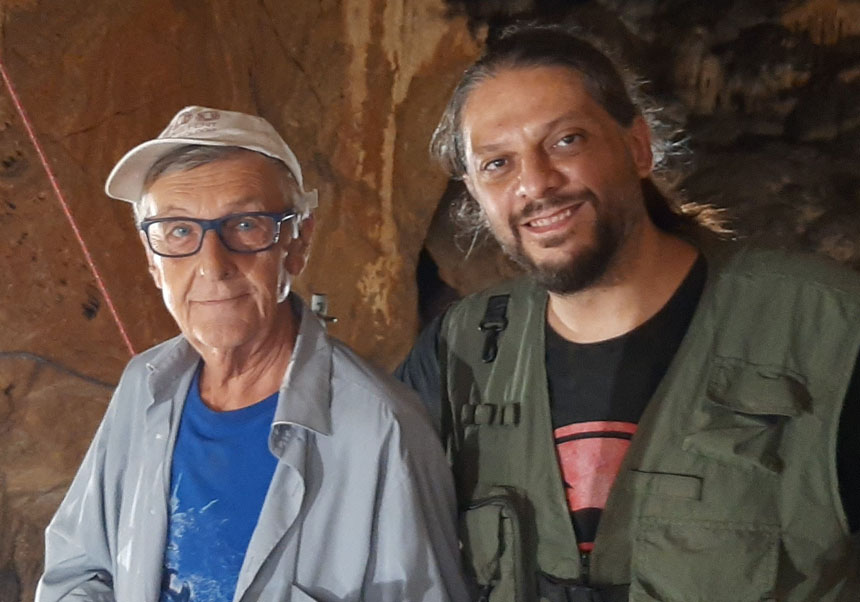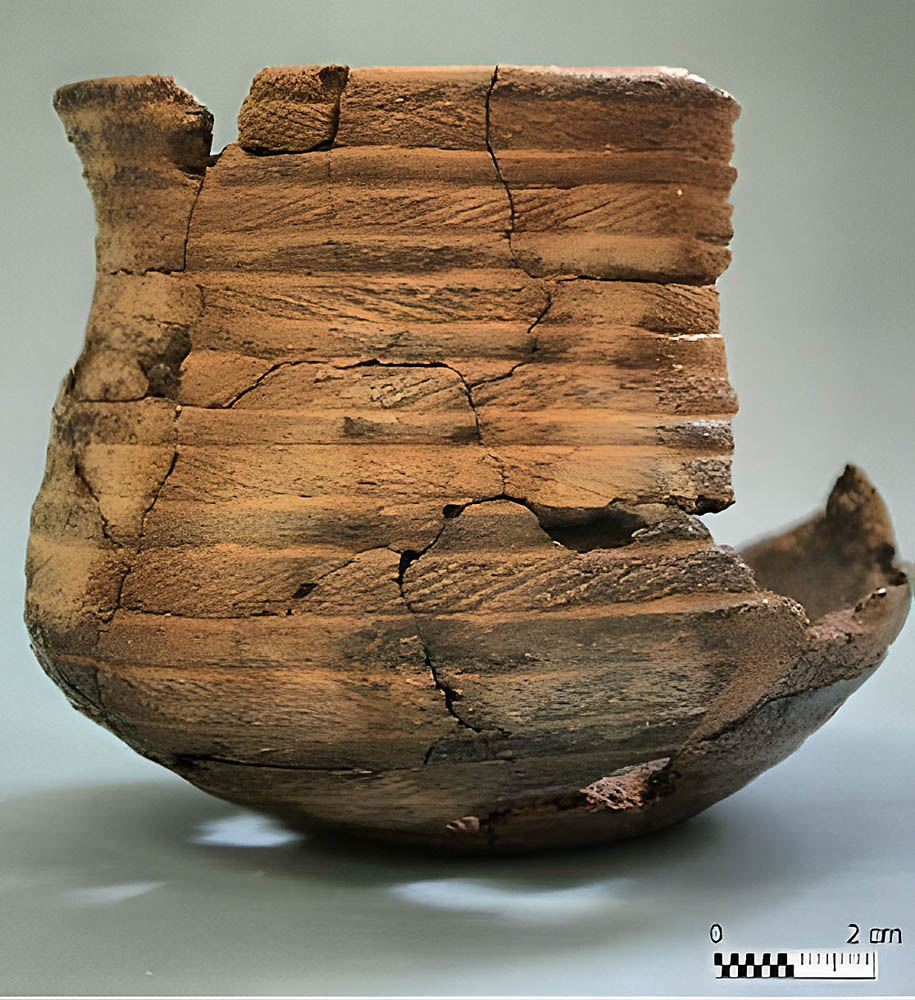Social relations in the peninsular Copper Age went from great connectivity to regionalisation in just 300 years
- Scientific Culture and Innovation Unit
- October 17th, 2023

Researchers from the University of Valencia have revealed that social relations during the Copper Age in the Iberian Peninsula went from a first homogeneous phase of great connectivity to a more fragmented and regionalised stage. Through the analysis of the ceramic decorations of the Bell Beaker vase, characteristic of the European Chalcolithic and associated with funerary contexts of the elites, the work published in the Journal of Archaeological Method and Theory concludes that these vessels were “democratised” in almost 300 years, with the consequent reinterpretation and heterogenisation.
“This research opens new avenues to understand key cultural phenomena of Prehistory such as the Bell Beaker vase and the study of its social complexity. Furthermore, it sets a precedent in the use of quantitative methods to study the dynamics of past societies through their interaction networks, which represents the dynamism of this novel line of research in prehistoric social networks of the University of Valencia”, say Joaquín Jiménez-Puerto and Joan Bernabeu, researchers from the Department of Prehistory, Archeology and Ancient History of the University of Valencia, authors of the article.
Applying modern modeling techniques based on social network analysis, the team has studied the connections and interactions between different communities in a large territory and over almost 300 years. Focusing on the varied decorative techniques and styles of Bell Beaker ceramics as a proxy for information flows, the authors created a chronological model using novel Bayesian analyses of radiocarbon dates.
In this way, they identified a first phase between 2450-2340 BC. with high connectivity at a macro-regional level and a notable stylistic homogeneity in the “international styles”, which was followed by a transition phase and finally a third phase (2313-2197 BC) characterised by increasing fragmentation, regional diversification and the appearance of local styles. The study also points out the coincidence of the turning point between both phases with a moment of climate change 4,200 years ago: the so-called 4.2K Event, when a phase of great aridity occurred in the main civilisations of the Planet that influenced the collapse of some of them.
“Our analysis reveals a growing social complexity, with emerging local elites who used these prestige objects to justify their status”, explain Joaquín Jiménez Puerto and Joan Bernabeu.
This research is part of the PROMETEO project “NEONETS: A social network approach to understanding evolutionary dynamics of neolithic societies (c. 5600-2000 cal BC)”, funded by the Department of Innovation, Universities, Science and Digital Society of the Valencian Government.
Article reference: Jiménez-Puerto, J., Aubán, J. B. «Linking Up Bell Beakers in the Iberian Peninsula». Journal of Archaeological Method and Theory (2023). https://doi.org/10.1007/s10816-023-09625-6
Annex photo caption:
- Bell Beaker vase of international style from the La Vital site (Gandía).



















